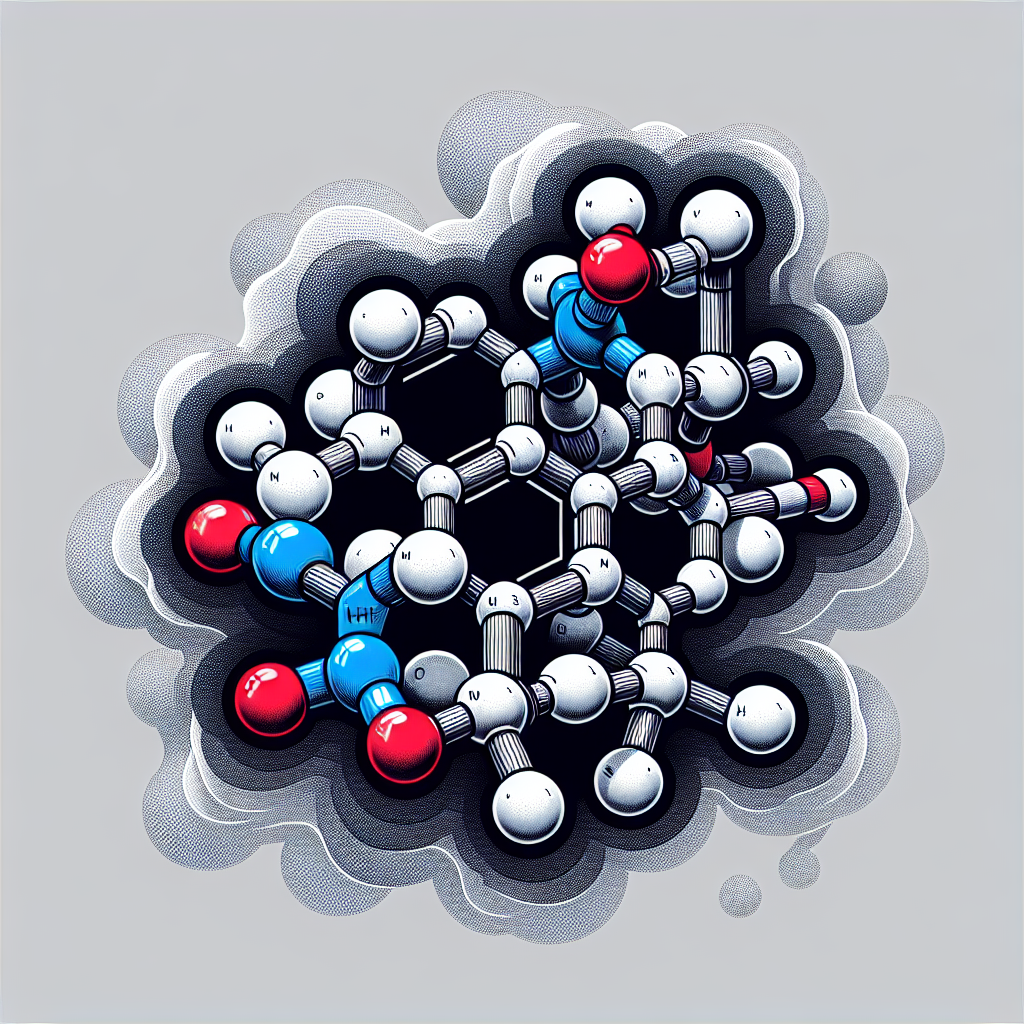-
Table of Contents
Turinabol: Prohibited Substance Circulating in Sports
Sports and performance-enhancing substances have always been closely intertwined. Athletes are constantly seeking ways to gain an edge over their competition, and unfortunately, some turn to the use of prohibited substances. One such substance that has been making headlines in the world of sports is Turinabol.
What is Turinabol?
Turinabol, also known as 4-chlorodehydromethyltestosterone, is a synthetic anabolic-androgenic steroid (AAS) that was developed in the 1960s by East German scientists. It was initially used to enhance the performance of their Olympic athletes, but it was later discovered that the drug had severe side effects and was subsequently banned by the International Olympic Committee (IOC) in 1974.
Despite being banned, Turinabol has continued to be used by athletes, particularly in the world of bodybuilding and weightlifting. It is also commonly used in other sports such as track and field, cycling, and mixed martial arts.
How does Turinabol work?
Turinabol works by binding to androgen receptors in the body, which leads to an increase in protein synthesis and muscle growth. It also has a low androgenic effect, meaning it does not cause as much masculinizing effects as other AAS. This makes it an attractive option for female athletes.
Additionally, Turinabol has a long half-life of approximately 16 hours, meaning it can stay in the body for an extended period. This makes it difficult to detect in drug tests, making it a popular choice for athletes looking to cheat.
Side Effects of Turinabol
While Turinabol may seem like a miracle drug for athletes, it comes with a host of dangerous side effects. These include liver damage, cardiovascular issues, and hormonal imbalances. In men, it can lead to decreased sperm count, testicular atrophy, and gynecomastia (enlarged breasts). In women, it can cause masculinizing effects such as deepening of the voice, facial hair growth, and menstrual irregularities.
Furthermore, long-term use of Turinabol has been linked to an increased risk of certain types of cancer, including liver and prostate cancer. It can also have detrimental effects on cholesterol levels, leading to an increased risk of heart disease.
Detection of Turinabol
As mentioned earlier, Turinabol has a long half-life, making it difficult to detect in drug tests. However, advancements in testing methods have made it possible to detect the drug in urine samples for up to 20 days after use. This has led to several high-profile athletes being caught and facing suspensions and bans from their respective sports.
Real-World Examples
One of the most well-known cases of Turinabol use in sports is that of Russian Olympic athletes. In 2016, the World Anti-Doping Agency (WADA) uncovered a state-sponsored doping program in Russia, which involved the use of Turinabol among other prohibited substances. As a result, the Russian Olympic team was banned from competing in the 2018 Winter Olympics, and several athletes were stripped of their medals.
In the world of bodybuilding, Turinabol has also been a popular choice among competitors. In 2019, bodybuilder Shawn Rhoden, who had previously won the prestigious Mr. Olympia title, was banned from competing for four years after testing positive for Turinabol. This not only tarnished his reputation but also cost him millions of dollars in prize money and endorsements.
Expert Opinion
According to Dr. Michael Joyner, a sports medicine expert at the Mayo Clinic, the use of Turinabol and other performance-enhancing substances is a serious issue in the world of sports. He states, “The use of these substances not only gives athletes an unfair advantage but also puts their health at risk. It is crucial for sports organizations to continue implementing strict testing protocols and penalties to deter athletes from using these substances.”
Conclusion
Turinabol may seem like a tempting option for athletes looking to improve their performance, but the risks far outweigh the benefits. The use of this prohibited substance not only goes against the spirit of fair play in sports but also poses serious health risks to athletes. It is essential for athletes to understand the consequences of using such substances and for sports organizations to continue their efforts in detecting and penalizing those who choose to cheat.
References
1. Johnson, L. N., & O’Sullivan, A. J. (2021). The use of anabolic androgenic steroids and polypharmacy: a review of the literature. Drug and Alcohol Review, 40(1), 5-16.
2. Kicman, A. T. (2008). Pharmacology of anabolic steroids. British Journal of Pharmacology, 154(3), 502-521.
3. Pope Jr, H. G., & Kanayama, G. (2012). Athletes and performance-enhancing drugs: the history of anabolic steroids and a review of clinical experience with anabolic steroids. In Performance-Enhancing Substances in Sport and Exercise (pp. 1-20). Springer, New York, NY.
4. WADA. (2021). The World Anti-Doping Code. Retrieved from https://www.wada-ama.org/en/what-we-do/the-code
5. World Anti-Doping Agency. (2016). Independent Person Report. Retrieved from https://www.wada-ama.org/sites/default/files/resources/files/independent-person-report-final-1-en.pdf

Leave a Reply